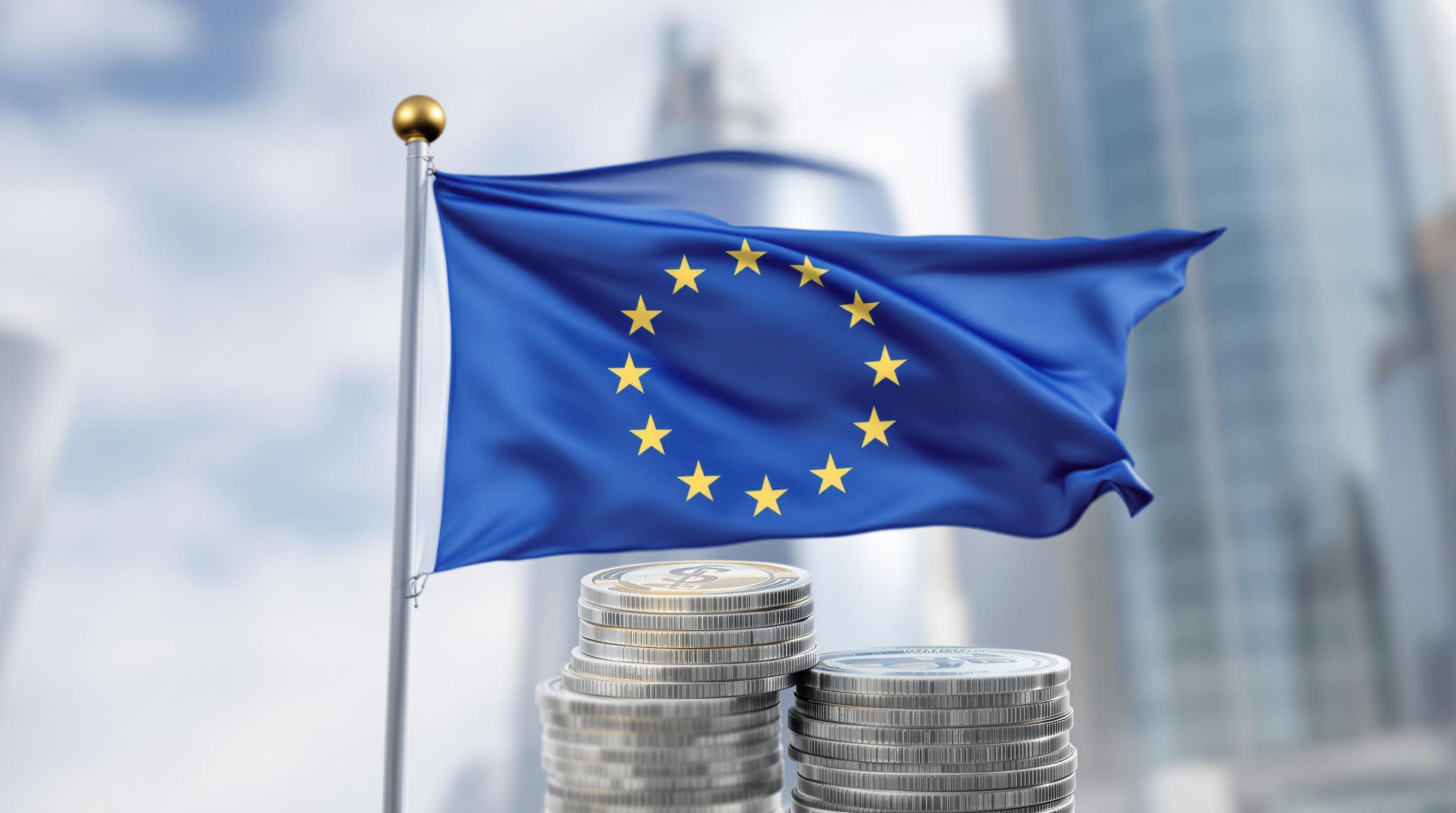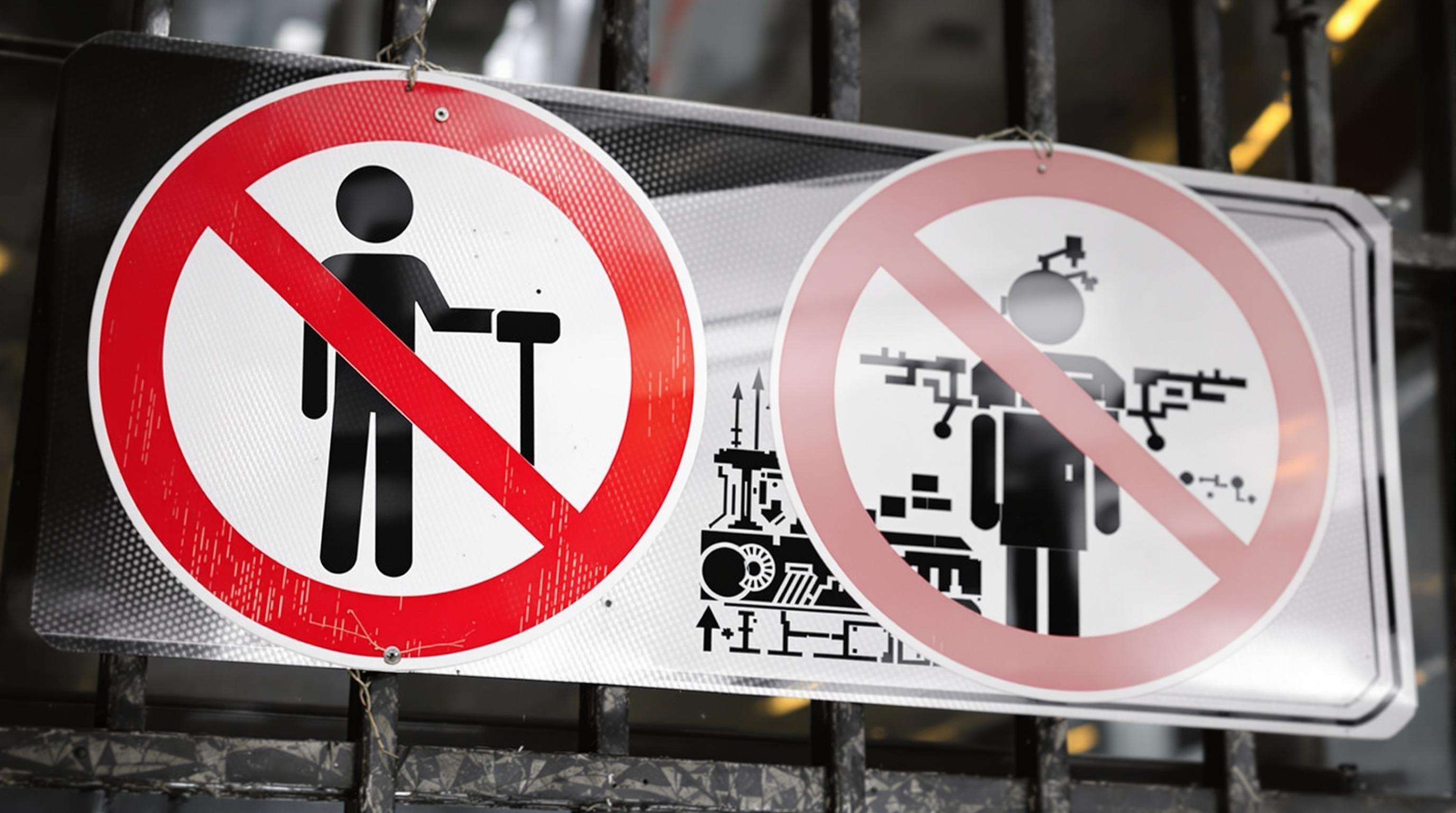
Chatbots under the European AI Act
Discover how the European AI Act impacts chatbots, detailing risk classifications, compliance requirements, deadlines, and the penalties for non-compliance to e...
The EU AI Act enforces strict penalties for AI violations, with fines up to €35M or 7% of global turnover for prohibited practices such as manipulation, exploitation, or unauthorized biometric use. Ensure your AI systems comply to avoid severe financial and reputational risks.
The EU AI Act sets up a tiered penalty system to address different levels of violations and promote compliance with its strict regulations. The fines are scaled based on the seriousness of the offense, ensuring AI system operators and developers are held accountable. There are three main categories:
Each category aligns specific obligations with corresponding penalties, using the proportionality principle to avoid excessive burdens on Small and Medium Enterprises (SMEs).
The harshest penalties apply to prohibited practices defined in the EU AI Act. These include:
Organizations involved in these actions can face fines of up to €35 million or 7% of their global annual turnover, whichever is greater.
Example: Use of AI for social scoring by public authorities, which can lead to unfair discrimination and harm fundamental rights, qualifies as a severe violation. These penalties enforce the ethical principles that underpin AI development and usage.
High-risk AI systems must meet strict requirements, including:
Failing to meet these requirements can result in fines of up to €20 million or 4% of global turnover.
Example: High-risk systems are often used in critical fields like healthcare, law enforcement, and education, where errors can have significant impacts. An AI recruitment tool that demonstrates algorithmic bias and leads to discriminatory hiring decisions would fall into this category.
The lowest tier of fines applies to less serious violations, such as:
Organizations found guilty of these infractions may face fines of up to €10 million or 2% of their global turnover.
Example: If an organization fails to inform users that they are interacting with an AI system, as required for limited-risk applications like chatbots, it could face penalties under this category.
To maintain fairness, the EU AI Act adjusts penalties for SMEs using the proportionality principle. Fines for smaller organizations are calculated on the lower end of the scale to prevent overwhelming financial strain. This ensures that businesses of varying sizes can operate within the AI ecosystem while meeting regulatory standards.
Understanding the prohibited practices under the EU AI Act is essential for ensuring your organization’s AI systems follow strict ethical and legal guidelines. Article 5 of the Act clearly defines practices that are unacceptable because they can harm individuals or society, promoting trustworthy AI while protecting democratic values and human rights.
The EU AI Act bans the use of AI systems that manipulate people below the level of their conscious awareness. These techniques are designed to influence behavior in ways that stop individuals from making informed decisions. AI systems like these are prohibited if they cause or could cause physical or psychological harm.
Example: AI-driven advertisements that exploit psychological weaknesses to pressure people into buying things they didn’t plan to. By outlawing such methods, the EU AI Act focuses on protecting individual autonomy and well-being.
AI systems that exploit vulnerabilities related to age, disability, or socio-economic conditions are not allowed. These systems exploit specific weaknesses, leading to harm or distorted decision-making.
Example: An AI-based loan application system that targets financially vulnerable individuals with predatory lending options violates this rule.
The Act forbids public authorities from using AI to create social scoring systems. These systems assess individuals based on their behavior or predicted traits, often leading to unfair or discriminatory treatment.
Example: A social scoring system denying someone access to public services based on their perceived behavior.
The EU AI Act imposes strict limits on the use of real-time biometric identification systems in public spaces. These systems can only be used in exceptional cases (e.g., finding missing persons, addressing immediate threats like terrorist activities). Using these technologies without proper authorization is a breach of the law.
Example: Facial recognition systems used for large-scale surveillance without a valid legal reason.
When assessing violations, the EU AI Act considers the potential harm and social impact. Key factors include:
For example, an AI system that causes harm unintentionally due to technical errors may face less severe penalties compared to one intentionally designed to exploit users.
The EU AI Act outlines enforcement measures to ensure adherence to its rules, protect fundamental rights, and encourage reliable AI. It relies on collaboration between national authorities, market surveillance bodies, and the European Commission.
National authorities play a central role in enforcing the EU AI Act within their respective Member States, including:
Member States are required to establish AI governance systems by mid-2026, in line with the Act’s full implementation.
The EU AI Act requires thorough monitoring and reporting for AI systems:
Transparency is a key part of enforcement:
The EU AI Act enforces strict rules on AI use and introduces heavy fines for violations. These rules:
Breaking the EU AI Act can result in more than financial penalties—it can harm reputation, erode consumer trust, and trigger legal challenges. Organizations should:
Compliance with the EU AI Act is not only a legal necessity but also supports innovation by creating safer, more reliable AI systems. Compliant organizations can:
For international companies, compliance is crucial, as the Act applies to non-EU organizations offering AI systems in the EU. Global businesses must align practices with EU regulations to stay competitive.
The EU AI Act imposes fines up to €35 million or 7% of global annual turnover for severe violations, such as prohibited manipulative AI practices, exploitation of vulnerabilities, unauthorized biometric identification, and social scoring by public authorities.
Strictly prohibited practices include subliminal manipulation techniques, exploitation of vulnerabilities, social scoring by public authorities, and unauthorized use of real-time biometric identification systems in public spaces.
High-risk AI systems must meet stringent requirements including transparency, risk management, and conformity assessments. Failing to comply can result in fines up to €20 million or 4% of global turnover.
Yes, the EU AI Act applies the proportionality principle, ensuring fines for SMEs are calculated at the lower end of the scale to prevent overwhelming financial strain.
Organizations should conduct regular risk assessments, maintain transparency and documentation, adhere to ethical AI development practices, and ensure their systems meet the Act’s requirements to avoid financial, legal, and reputational risks.
Viktor Zeman is a co-owner of QualityUnit. Even after 20 years of leading the company, he remains primarily a software engineer, specializing in AI, programmatic SEO, and backend development. He has contributed to numerous projects, including LiveAgent, PostAffiliatePro, FlowHunt, UrlsLab, and many others.
Protect your business from hefty EU AI Act fines. Discover how FlowHunt streamlines AI compliance, risk management, and transparency.
Discover how the European AI Act impacts chatbots, detailing risk classifications, compliance requirements, deadlines, and the penalties for non-compliance to e...
The European Union Artificial Intelligence Act (EU AI Act) is the world’s first comprehensive regulatory framework designed to manage the risks and harness the ...
Explore the key AI practices prohibited by the EU AI Act, including bans on social scoring, manipulative AI, real-time biometric identification, and subliminal ...



